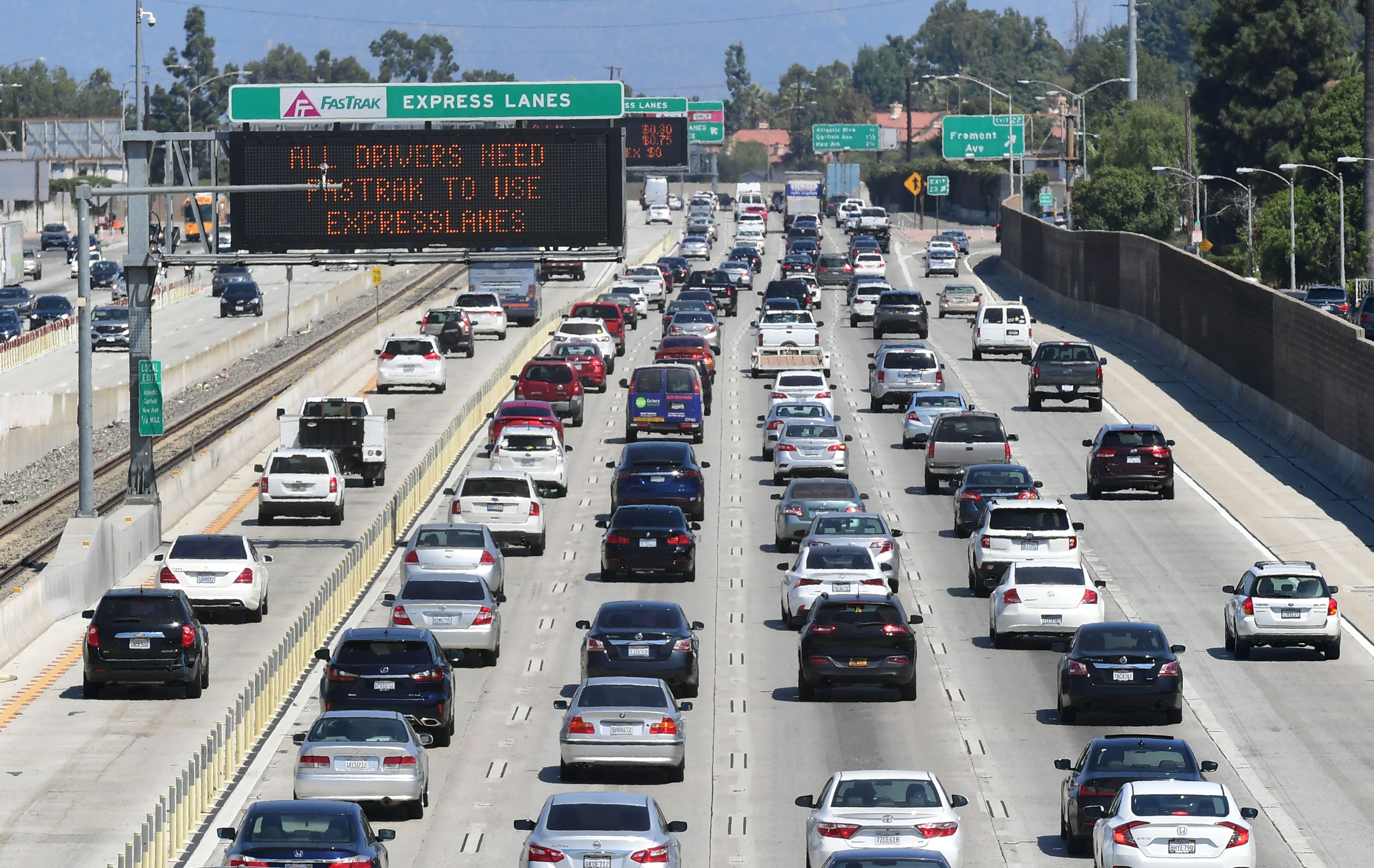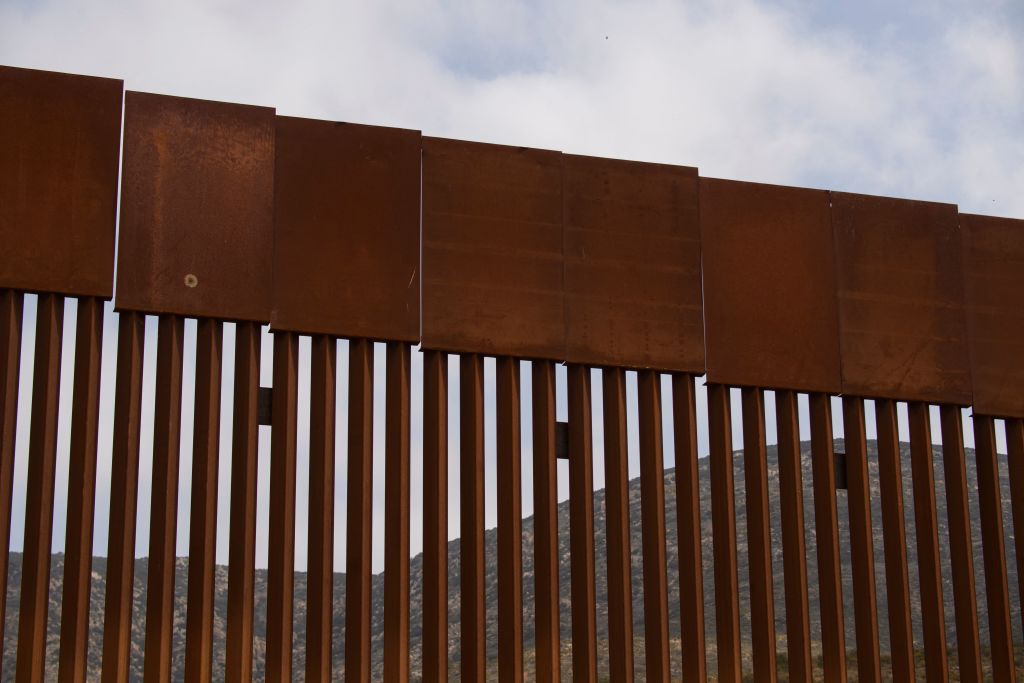Perhaps not since the famed 49ers came west has California seen such a rush to dig for treasure.
This time not for gold, but for something far more essential: water.
Nowhere is the urgency stronger than in the farmland of the San Joaquin Valley.
Blame the historic drought which, in its third year, has emptied irrigation canals and made wellwater a last resort for saving crops.
At Arthur & Orum Well Drilling, based outside Fresno, the phone has not stopped ringing since March.
The company has added rigs and crews, and works some drilling sites around the clock -- but it's still not enough to meet the demand, according to Steve Arthur, who runs the second-generation family business.
"Keeping up with demand?" Arthur was asked at a job site on the edge of an almond grove near Caruthers.
California
News from across California
"That's not happening," Arthur replied. "We're 12-13 months behind."
Demand for wells had been increasing the past year, but took off when winter ended without significant precipitation, and the major sources of surface water confirmed they would be able to deliver virtually nothing at all to many irrigation districts.
"That's when everything went to squat," is how the straight-talking Arthur put it. And if he tends to think like a farmer, it may be because he also grows crops.
Most growers already had wells to deliver a portion of their water.
Some now need more wells to make up for the lost canal water. Others are in worse straits, with existing wells going dry as underground reserves keep falling.
As a result, Arthur's crews are digging deeper, usually going down several hundred feet. Their deepest well to date, near Chowchilla, stretches 2,000 feet, Arthur said.
The costs are staggering.
A 2,000-foot deep well will cost about three quarters of a million dollars -- if all goes well, according to Arthur.
The pump and other expenses will bring the tab close to $1 million.
And then on top of that is the electrical bill to power the pumps to bring the water to the surface -- every gallon representing 8 pounds to be lifted.
The marginal cost makes it a tougher burden for small farms than larger operations.
But in many cases growers have no choice, especially with permanent tree crops.
A field used for annual row crops such as tomatoes or sorghum can be fallowed during the drought, pictured in an animated timeline above.
But stop watering citrus or nuts or grapes, and a grower loses not just a year's profit, but the entire investment.
But all the pumping raises an even more frightful specter: how much is left? And how soon might it run out? Or just as bad, be so deep, the cost of extraction is prohibitive.
Reality is, no one knows how big the reserve is.
But what two scientific studies have been able to calculate using satellite technology is how much groundwater stores have been reduced in recent years.
A study by Scripps UC San Diego and the US Geological Survey of the region west of the Rocky Mountains put the loss at 63 trillion gallons -- enough to submerge the entire area in 4 inches of water.
Another study by UC Irvine and NASA-JPL found about half as much had been lost from the smaller area of the Colorado River Basin portion of the west.
The consistency of the results of the two studies lends their numbers credence.
At the same time, as deeper water is drawn, it tends to have higher concentrations of mineral contaminants.
"No, we don't know the total," said Jay Famiglietti, a senior water scientist at the Jet Propulsion Laboratory and co-author of the Colorado Basin study. "But we do know from the decline in quality that we're getting near bottom."
Another study suggested groundwater depletion could trigger earthquakes in some areas, but that is yet to be proven.
Unlike other western states, California has resisted regulating groundwater, and drillers, growers, and other large users of well water still have reservations.
But last week, California's legislature passed two bills that together represent a first step toward getting a handle on groundwater withdrawal, and ultimately controlling it.
Growers in the San Joaquin Valley would rather see the emphasis put on increasing the amount of surface water available.
Arthur agrees with the call for building more storage to bank runoff from future wet years.
During and after the last heavy winter in 2011, reservoirs ran out of capacity and had to release water that went out to sea before summer when agriculture could have used it.
Meantime, trapped in the crisis of this drought, many growers figure the only way out is to dig their way out.




